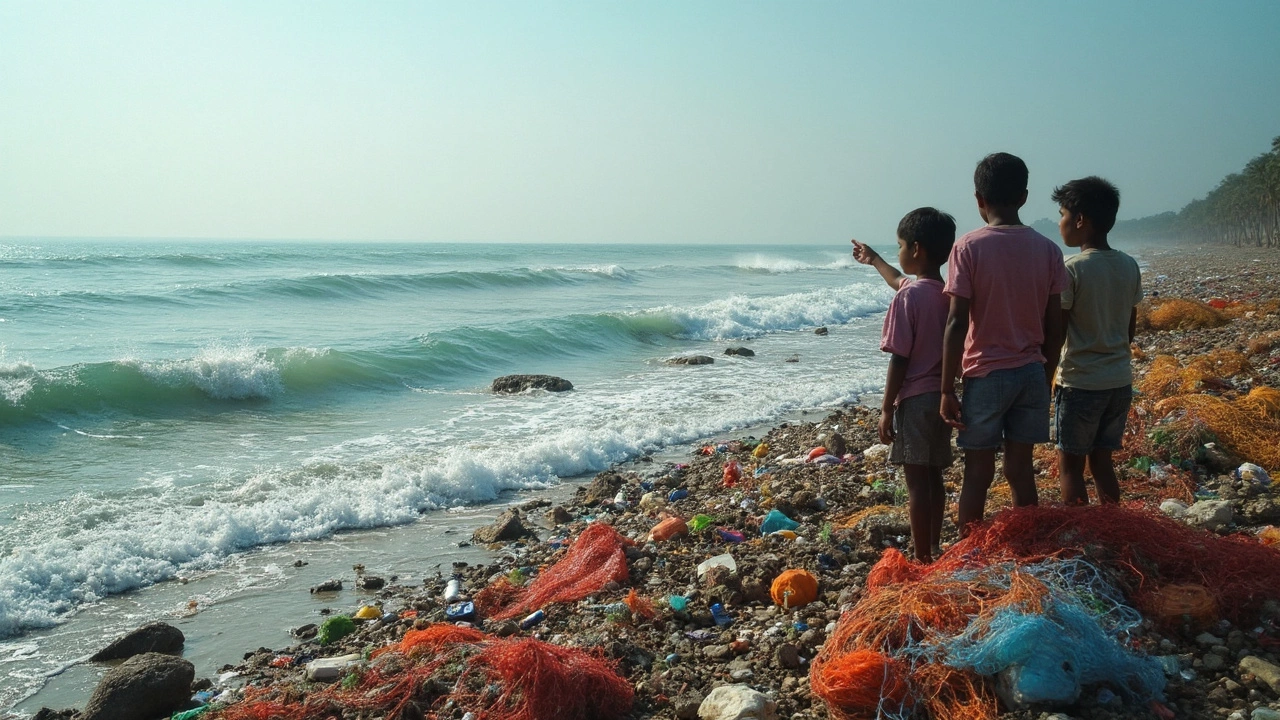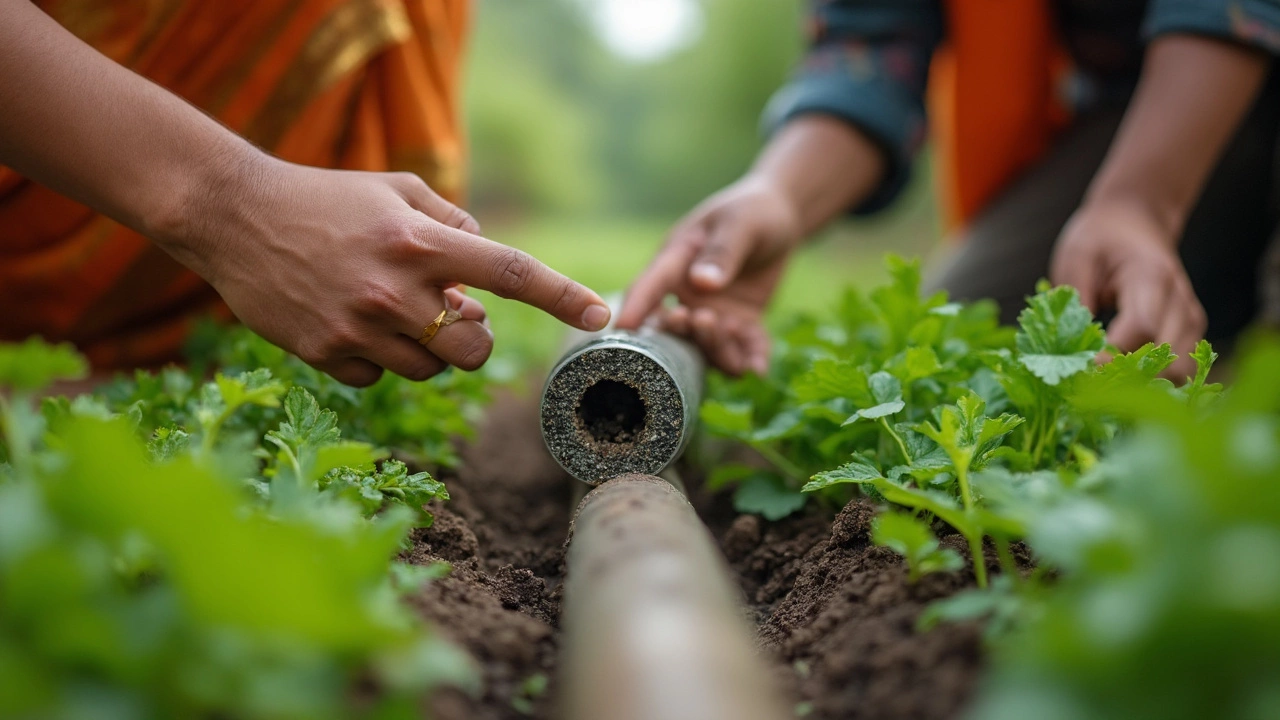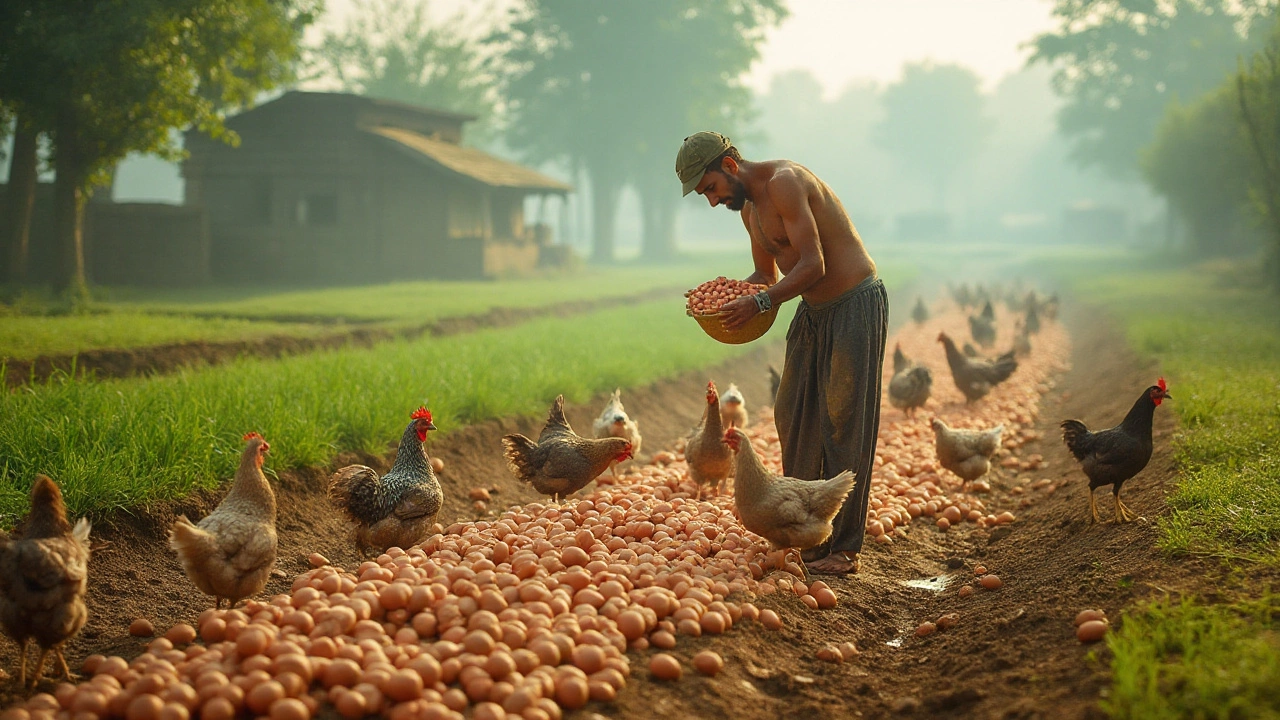Ocean Plastics – Issues, Solutions & Sustainable Manufacturing Insights
When talking about Ocean Plastics, the collection of plastic waste that ends up in seas and oceans, harming wildlife and ecosystems. Also known as marine plastic pollution, it represents a growing threat to marine life, tourism, and even human health. Ocean plastics include everything from large fishing nets to tiny polymer beads, and they travel far beyond their original source. Understanding this problem is the first step toward real change, and it ties directly into the broader topics you’ll see across our resource library.
Why Ocean Plastics Matter
One of the biggest ways to curb the flow of waste is through plastic recycling, the process of turning discarded plastic into new products. Recycling reduces the amount of new resin needed, which in turn lowers the amount of plastic that can slip into waterways. When manufacturers adopt sustainable manufacturing, practices that minimize waste and energy use, the whole supply chain becomes cleaner, and the pressure on oceans eases. A key semantic link here is that plastic recycling mitigates ocean plastics by diverting material before it reaches the sea.
Even when large pieces are collected, they often break down into microplastics, tiny plastic fragments smaller than five millimeters that are hard to filter out of water. These particles infiltrate food webs, ending up in fish and eventually on our plates. The existence of microplastics shows that simply picking up surface trash isn’t enough; we need a circular economy, a system where products are designed for reuse, repair, and recycling, to keep plastic in use and out of the ocean. In short, the circular economy enables manufacturers to design packaging that can be reclaimed, turning the traditional linear “make‑use‑discard” model into a loop that protects marine environments.
Our collection of articles touches on these themes from many angles. You’ll find data on the plastics that are in demand for 2025, deep dives into recycling technologies, and case studies on how manufacturing hubs are cutting waste. Together, they illustrate how every step—from raw resin choice to end‑of‑life handling—affects the amount of plastic that reaches the ocean. Keep reading to see practical tips, industry trends, and real‑world examples that show how the fight against ocean plastics is being won, one smart decision at a time.
Plastic Pollution in the Ocean: What’s the Biggest Offender?
Plastic pollution in the ocean is out of control, but some types of plastic waste are bigger problems than others. This article breaks down which plastic is the worst culprit and why it dominates the ocean trash pile. You’ll get the facts behind the most common ocean plastics, how they get there, and tips for both companies and individuals to tackle the issue. Pragmatic, data-driven, and full of actionable takeaways for anyone interested in making a difference. If you care about ocean health or your company’s environmental footprint, this is essential reading.
- manufacturing
- India
- food processing
- garden tips
- rice cultivation
- government schemes
- balcony garden
- urban gardening
- balcony gardening
- profitable business
- business ideas
- plastic manufacturing
- drip irrigation
- plant care
- steel manufacturing
- sustainable gardening
- startup ideas
- steel industry
- flower gardening
- textile manufacturers






